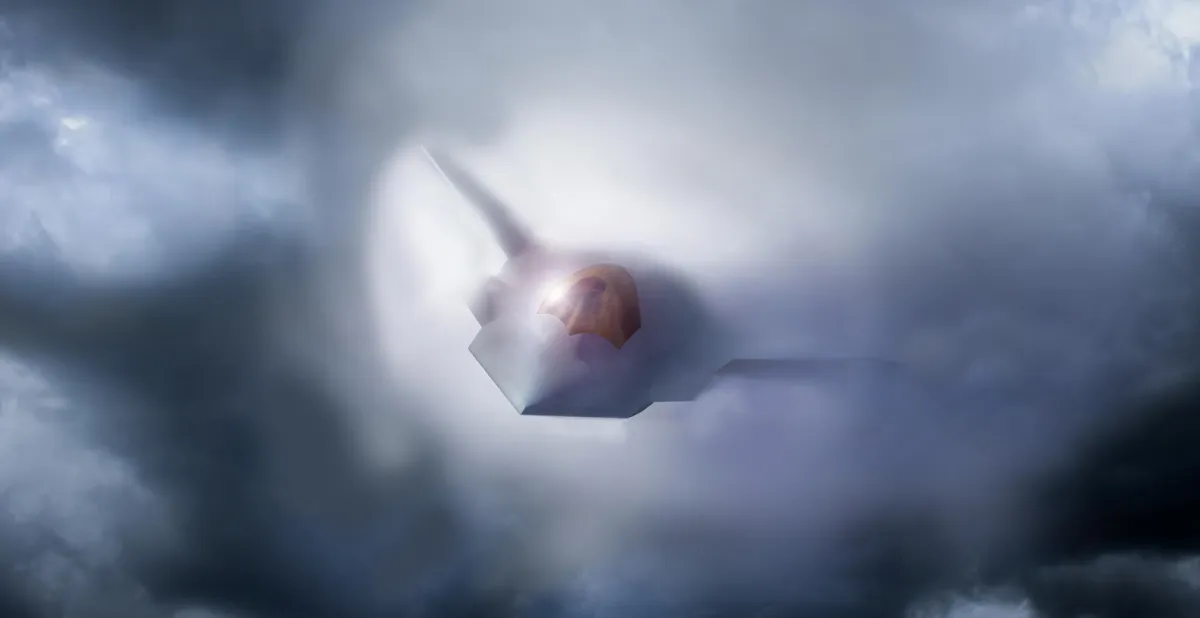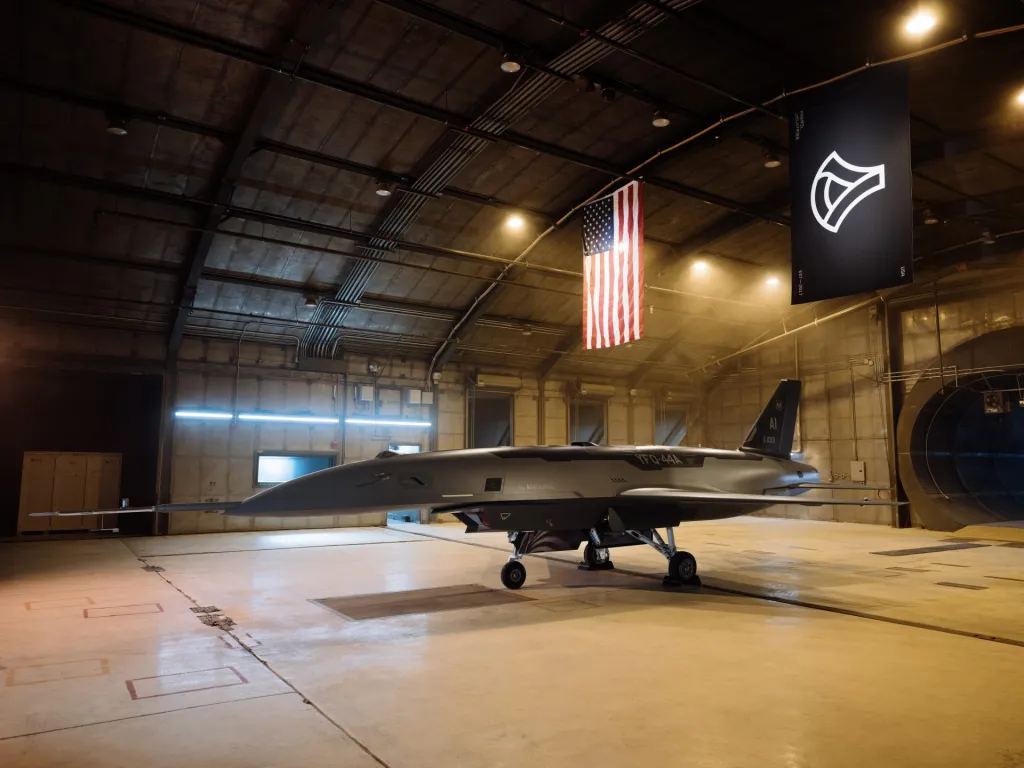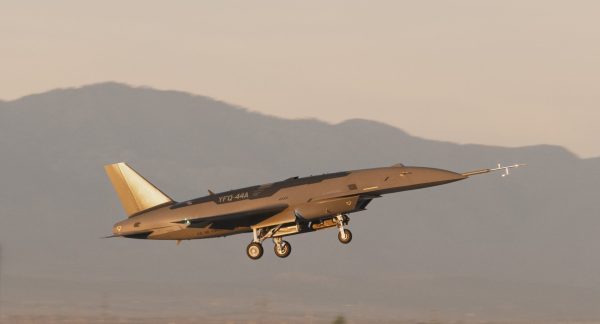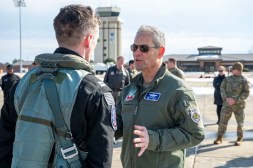Pentagon’s 2026 budget plan includes more than $4B for next-generation Air Force fighter jets

The Defense Department plans to allocate more than $4 billion in fiscal 2026 to fund development of the Air Force’s F-47 fighter jet and Collaborative Combat Aircraft, senior Pentagon officials told lawmakers Tuesday.
The Trump administration announced in April that it awarded a contract to Boeing to build the F-47, a sixth-generation platform that’s part of the Air Force’s Next Generation Air Dominance initiative. Officials haven’t publicly disclosed how much Boeing received for the award due to classification of the project.
The DOD hasn’t publicly released full documentation for its 2026 budget request yet. But at a House Appropriations Committee hearing Tuesday, Defense Secretary Pete Hegseth and other Pentagon leaders discussed some of the department’s plans for key programs.
The budget allocates $3.5 billion for the F-47, Hegseth told lawmakers.
The system is being built “to dominate the most capable adversaries and operate in the most perilous threat environments imaginable,” he said in written testimony to the committee.
The platform will have significantly longer range, more advanced stealth, be more sustainable and supportable, have higher availability, and take less manpower and infrastructure to deploy than the U.S. military’s fifth-gen fighters, he told lawmakers.
“The F-47 will significantly strengthen America’s air power and improves our global position. It will keep our skies secure — even as it ensures we are able to reach out adversaries wherever they may hide,” he said.
Gen. Dan Caine, chairman of the Joint Chiefs of Staff, said in written testimony to the committee that the jet is the world’s first sixth-generation fighter and will offer superior “adaptability” compared to platforms that are currently in the fleet. He asserted that it would ensure “continued U.S. air dominance for decades.”
A graphic shared last month by Air Force Chief of Staff Gen. David Allvin on the social media platform X, indicated that the F-47 will have a combat radius greater than 1,000 nautical miles and a top speed higher than Mach 2. In comparison, the fifth-gen F-22 and F-35A stealth fighters have combat radiuses of 590 nautical miles and 670 nautical miles, respectively. The F-22 has a top speed greater than Mach 2 and the F-35A has a top speed of Mach 1.6, according to the chart.
The service plans to buy upwards of 185 F-47s over the course of the program.
Hegseth also told lawmakers Tuesday that the 2026 budget will “fully fund” the Air Force’s Collaborative Combat Aircraft (CCA) program, which aims to field high-speed, next-generation drones that can fly with manned fighter jets like the F-47 and perform air superiority missions.

“We believe in the Collaborative Combat Aircraft, the loyal wingman concept, this idea that you project power more robustly through autonomous [and] semi-autonomous systems … that amplify our lethal effect,” he said.
Bryn Woollacott MacDonnell, who is performing the duties of Pentagon comptroller and chief financial officer, said the 2026 budget request includes $804 million for CCA.
The Air Force has given fighter designations to the CCA prototypes that General Atomics and Anduril are developing, referred to as YFQ-42A and YFQ-44A, respectively. Both companies have started ground testing of their systems, and senior defense officials on Tuesday said first flights are expected to take place before the end of this fiscal year.

According to the graphic shared by Allvin last month, CCAs will be stealthy and have a combat radius greater than 700 nautical miles. Their top speed is classified.
The Air Force plans to buy more than 1,000 of the next-gen drones in increments.
Last week, the service announced that an Experimental Operations Unit for CCA was elevated to a “fully operational squadron equivalent” during a June 5 ceremony at Nellis Air Force Base, Nevada.
According to a press release, the unit will integrate into the Virtual Warfare Center and the Joint Integrated Test and Training Center Nellis to “conduct realistic simulations and refine non-materiel considerations of CCA employment concepts in a virtual environment.” It also plans to conduct “live-fly experiments to verify simulation results and optimize tactics, techniques and procedures.”
“Our experimental operations will ensure that CCA are immediately viable as a credible combat capability that increases Joint Force survivability and lethality,” Lt. Col. Matthew Jensen, EOU commander, said in a statement.
The Air Force aims for the F-47 and CCA drones to be operational before 2030.






